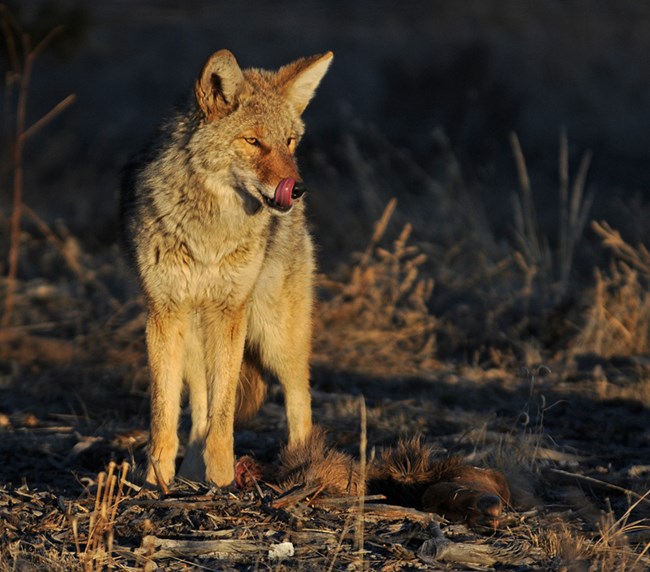
Photo by Sally King 
Photo by Sally King Soil erosion is a major problem in this zone due to past practices of livestock overgrazing and fire suppression. Severe droughts in the early 2000s caused large-scale die-offs of these trees across the Pajarito Plateau. These two factors have dramatically altered the piñon-juniper communities in Bandelier.

Photo by Sally King 
Photo by Sally King |
Last updated: April 28, 2025
